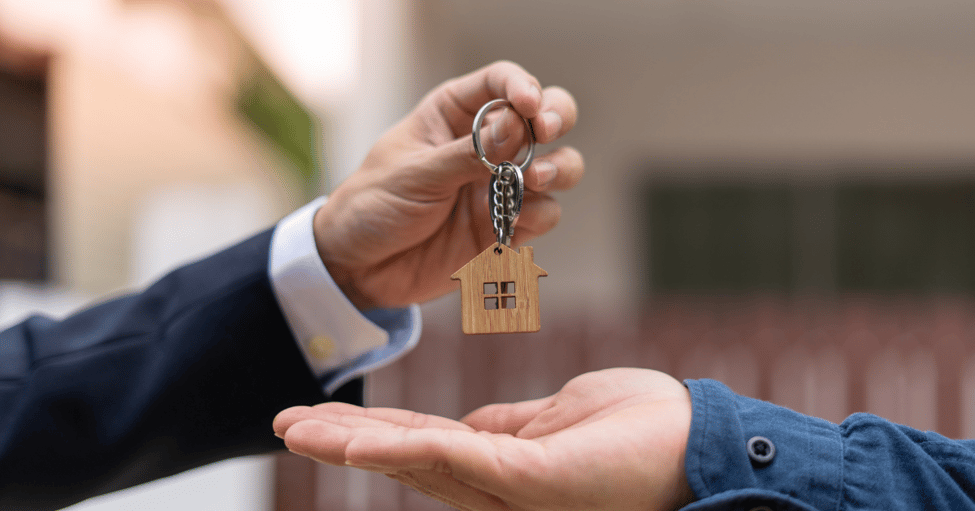Selecting the ideal neighborhood is a crucial aspect of the home-buying process in Toronto, a city renowned for its diverse communities. To help you make an informed decision, we've created a comprehensive checklist. Whether you prioritize schools, cultural amenities, or accessibility, this guide will ensure you find a neighborhood that suits your lifestyle and aligns with your long-term goals.
Identify Your Priorities:
Define your lifestyle priorities, such as proximity to work, schools, public transit, parks, shopping, and cultural amenities.
Consider whether you prefer a vibrant urban environment, a family-friendly suburb, or a peaceful residential area.
Research Toronto's Neighborhoods:
Explore the city's diverse neighborhoods to understand their unique characteristics, demographics, and overall ambiance.
Consider factors like safety, community engagement, and future development plans.
Assess Proximity to Work:
Evaluate the neighborhood's proximity to your workplace and the ease of commuting.
Consider public transit options, major roadways, and commuting times to ensure a convenient daily routine.
School Quality and Options:
Research the quality of schools in the area, especially if you have children or plan to in the future.
Consider both public and private school options, as well as any specialized programs or extracurricular activities.
Safety and Crime Rates:
Look into neighborhood safety and crime rates through local police reports and online resources.
Check community forums for residents' perspectives on safety and security.
Explore Cultural and Recreational Amenities:
Assess the availability of cultural attractions, recreational spaces, parks, and community centers.
Determine if the neighborhood aligns with your interests, whether it's art galleries, theaters, sports facilities, or green spaces.
Future Development and Appreciation:
Investigate any upcoming developments or infrastructure projects in the area.
Consider neighborhoods with a history of appreciation and potential for future growth.
Dining and Entertainment Options:
Explore the local dining scene, entertainment venues, and nightlife.
Check for a variety of restaurants, cafes, and entertainment options that cater to your preferences.
Community Engagement and Events:
Gauge the level of community engagement by attending local events or checking community calendars.
Consider neighborhoods with active residents' associations and a sense of community.
Public Transit and Commuting:
Evaluate the accessibility and efficiency of public transit options, such as buses, subways, and commuter trains.
Check for bike lanes and walkability, especially if you prefer alternative modes of transportation.
Cost of Living and Affordability:
Compare the cost of living in different neighborhoods, considering housing prices, property taxes, and overall expenses.
Factor in your budget and prioritize neighborhoods that align with your financial goals.
Evaluate Local Services and Infrastructure:
Check the availability of essential services such as healthcare facilities, grocery stores, and community services.
Assess the condition of local infrastructure, including roads, utilities, and internet connectivity.
By diligently working through this comprehensive checklist, you'll be equipped to make an informed decision when choosing the right neighborhood in Toronto. Each point is designed to help you assess not only your immediate needs but also the long-term livability and value of the community you choose to call home.

Colleen Steffl
Colleen started her sales career with an International News Agency in Europe selling Advertising. She has continued to rise early, dig deep, and built a solid sales career with 15 years dedicated to real estate sales. She has worked in all areas of real estate sales: buyers, sellers, investors, commercial, land development, and new construction.

